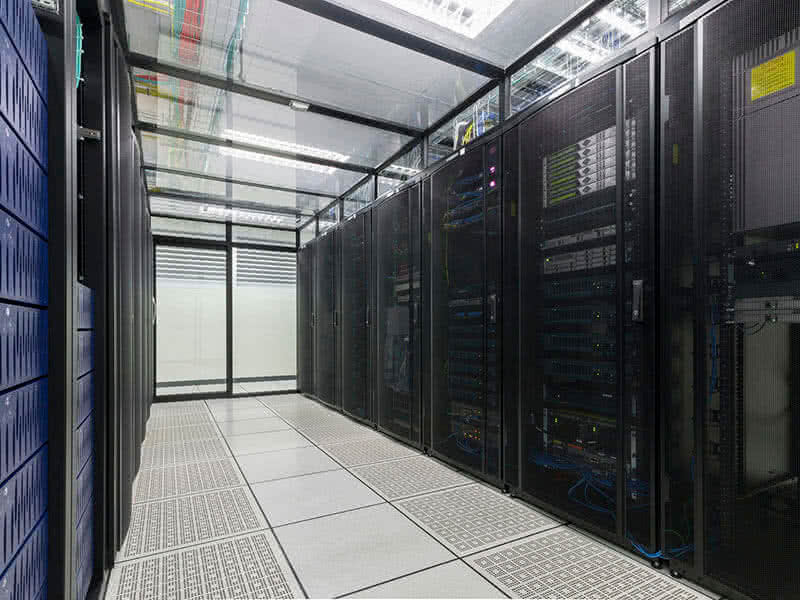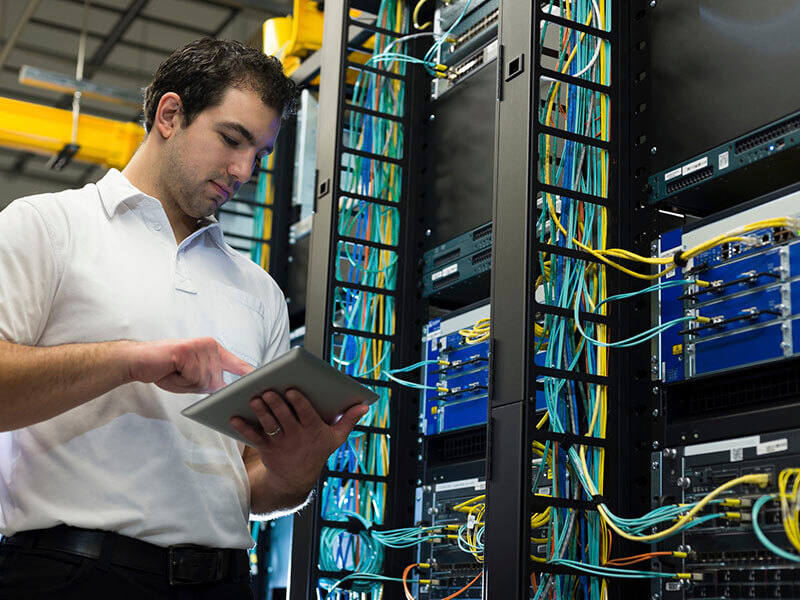In my previous article a couple of weeks ago, I covered some of the basics around where your data centre might be losing efficiency and how consolidation of your infrastructure can help to fix this. In this new article, we’re going to delve a little deeper into some more ways to make your data centre as energy efficient as possible.
Optimise, Optimise, Optimise
Now that you’ve reduced the power consumption of the IT load itself, let’s have a quick look at the infrastructure supporting this equipment. Consider the equipment you have and whether it is being used to its best capabilities. This is where the concept of optimisation comes into play.
Metering plays a very import part in this as it allows you to benchmark where energy is being used. For example, you may have an IT load of 50kW with enough cooling units to supply 200kW of cooling. The question is do you need all those CRAC units running if your load is only 50kW? We see this often, particularly in legacy units with no variable capacity.
Optimisation will also highlight whether bad practices such as not having blanking panels, no separation of hot and cold air, poor sealing of the room and potentially even poor cable management are in place. Any of these practices coupled with no control strategy means there could be significant potential to reduce energy consumption and improve energy efficiency in your business.
Beyond the basics
Consolidation and optimisation can go a long way, but there are a number of more technical considerations that can help bring your data centre to a new level of efficiency and/or if you are considering a new facility. Here are seven best practice methods to achieve this:
1. Maximise the return temperature at the cooling units to improve capacity and efficiency
Similarly, if using chilled water systems maximise supply and return temperatures to achieve similar results
2. Match cooling capacity and airflow with IT loads
Use intelligent cooling controls that size for peak demand
3. Use cooling designs that reduce energy consumption
Take advantage of variable capacity cooling
4. Select a critical power system that that optimises availability, efficiency and scalability needs
5. Design – or redesign – your data centre to prioritise flexibility using scalable architectures that minimise carbon footprint
6. Enable data centre infrastructure management and monitoring to improve capacity, efficiency and availability
7. Utilise local design and service expertise to extend equipment life, reduce costs and address your data centre’s unique challenges
The last one is particularly important – while best practices in optimising availability, efficiency and capacity have emerged, how they are applied is hugely dependent on your specific site. Although the above techniques can and should be employed, knowing the boundaries for these is also critical and this is where local expertise from a trustworthy provider can be vital.
You are invited to download the 2.0 Energy Logic book and read more about this topic.



